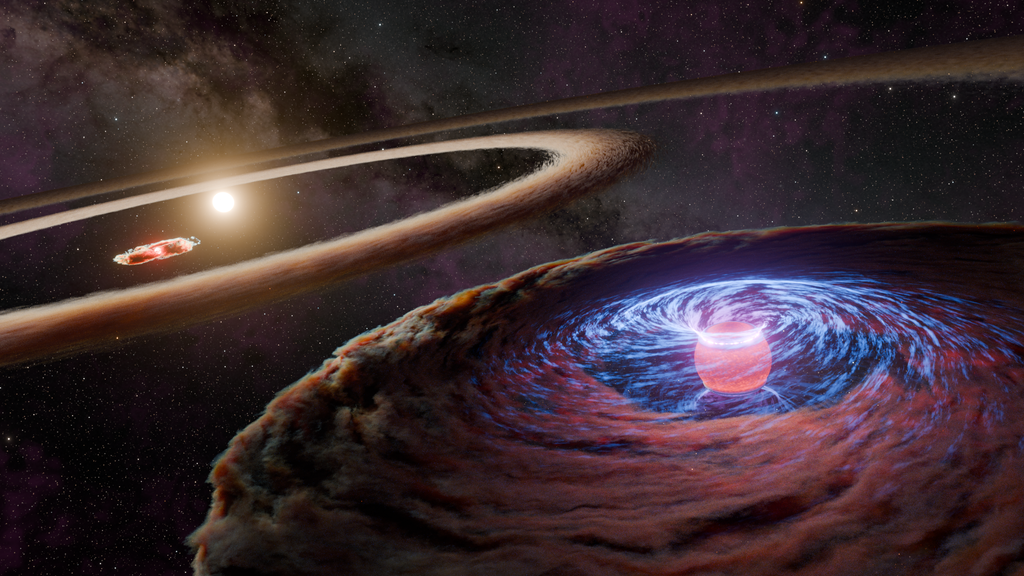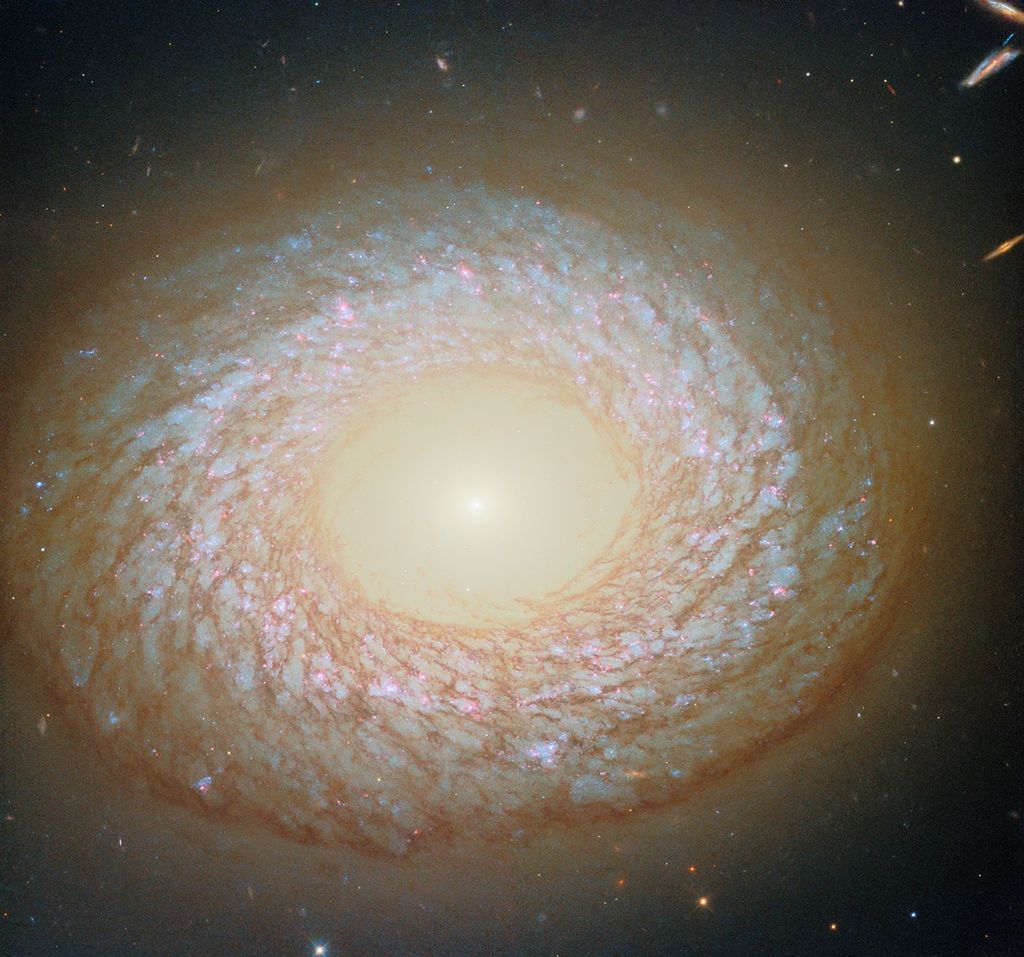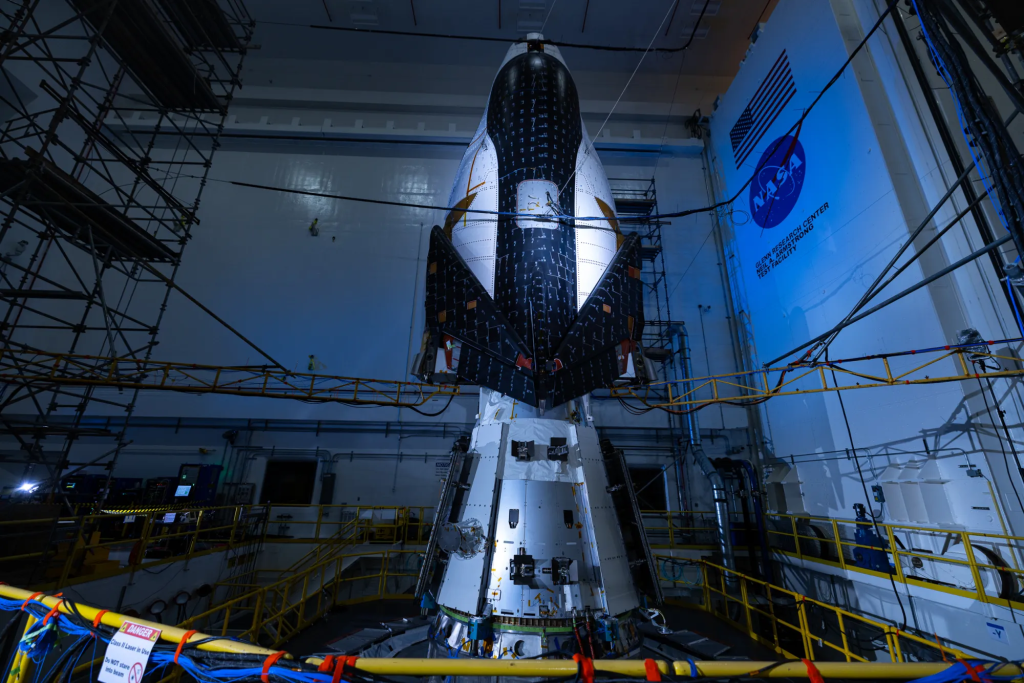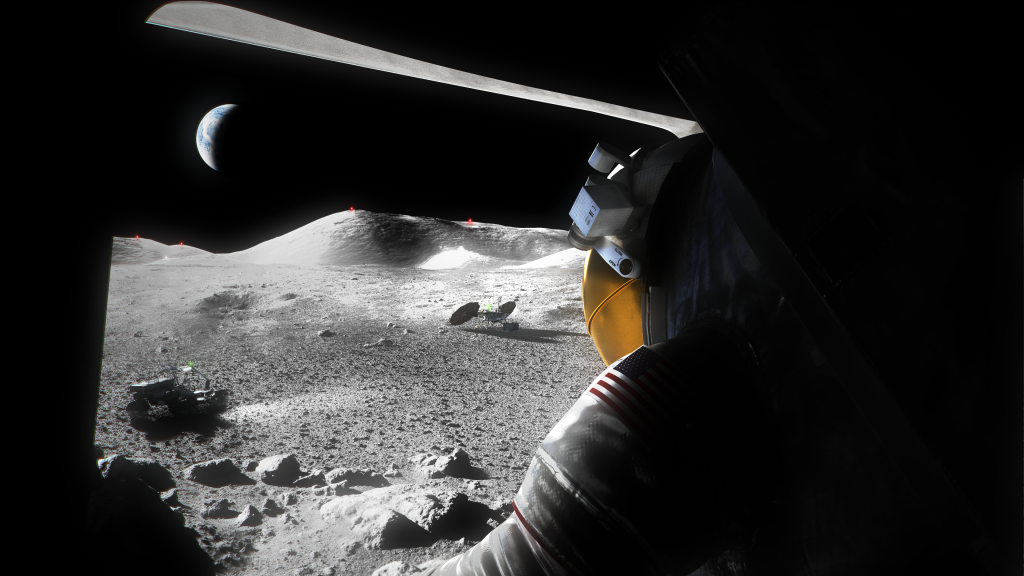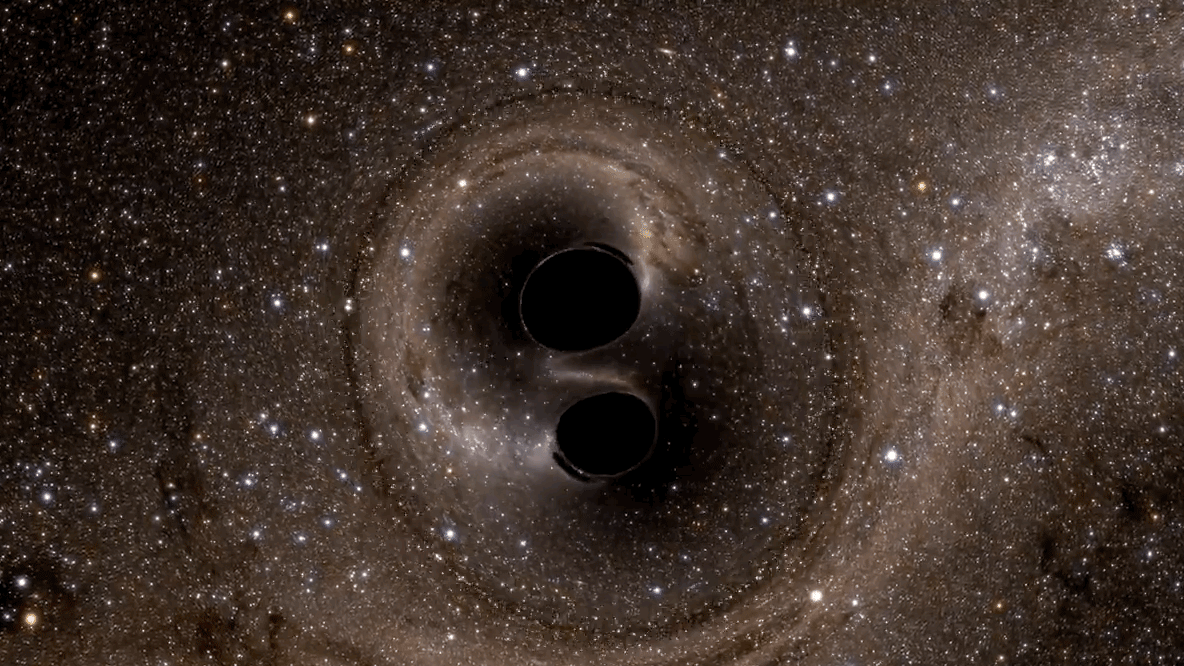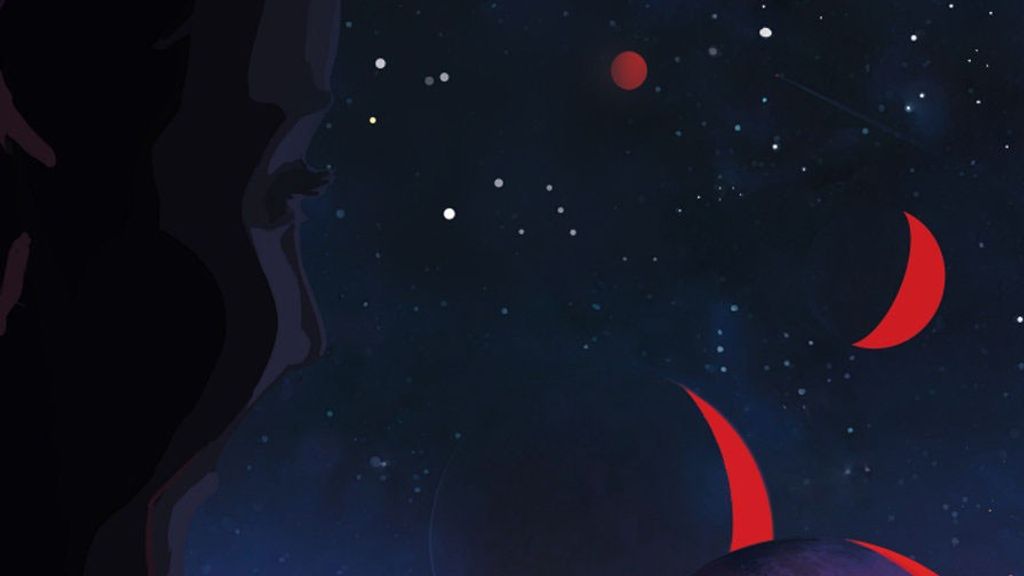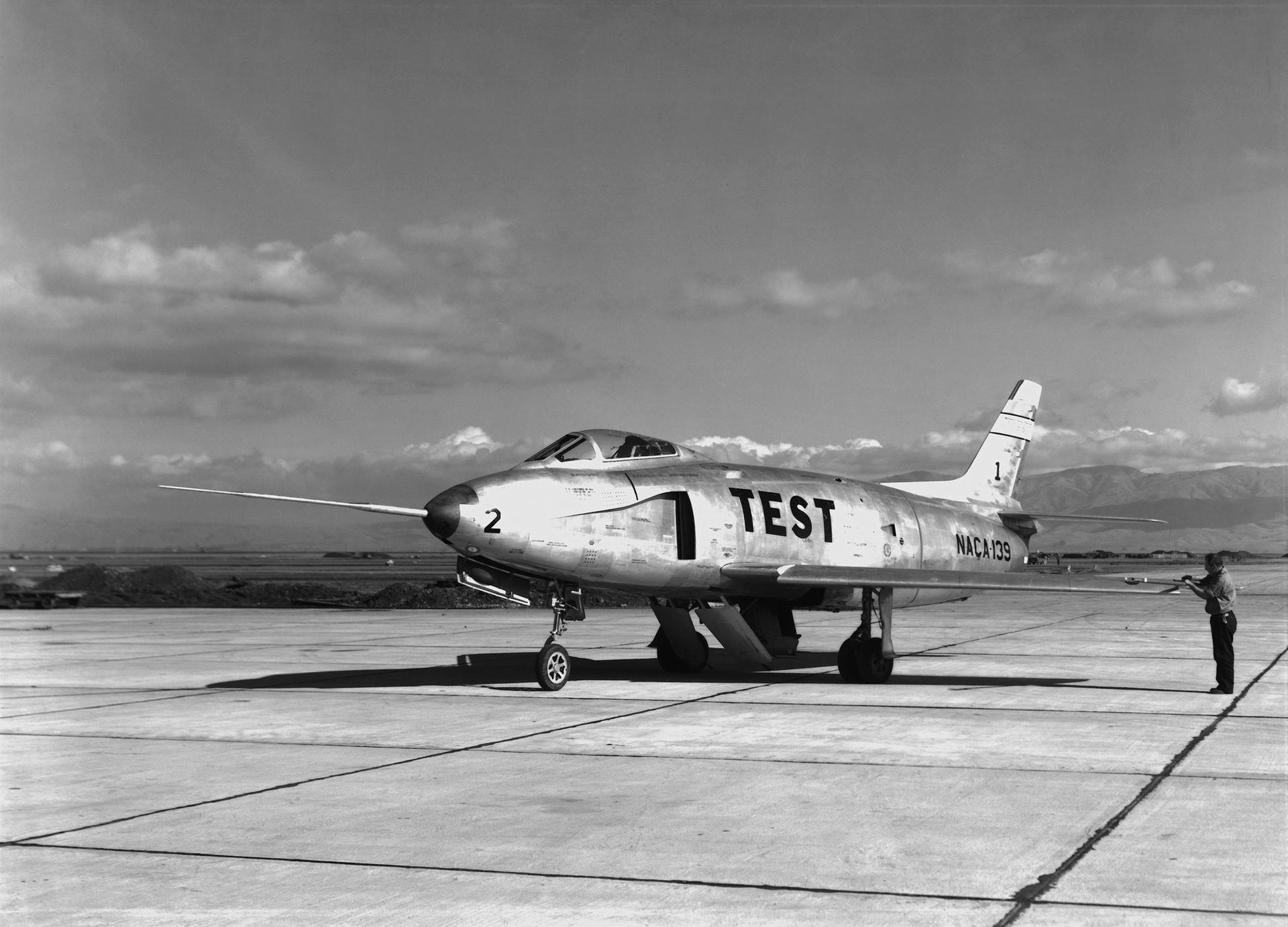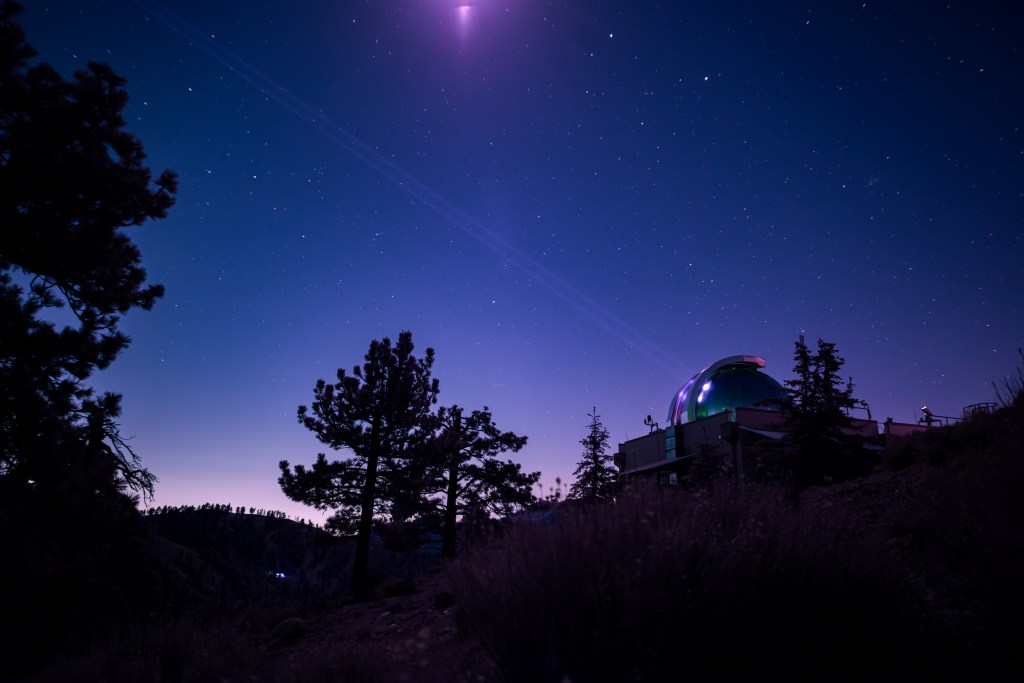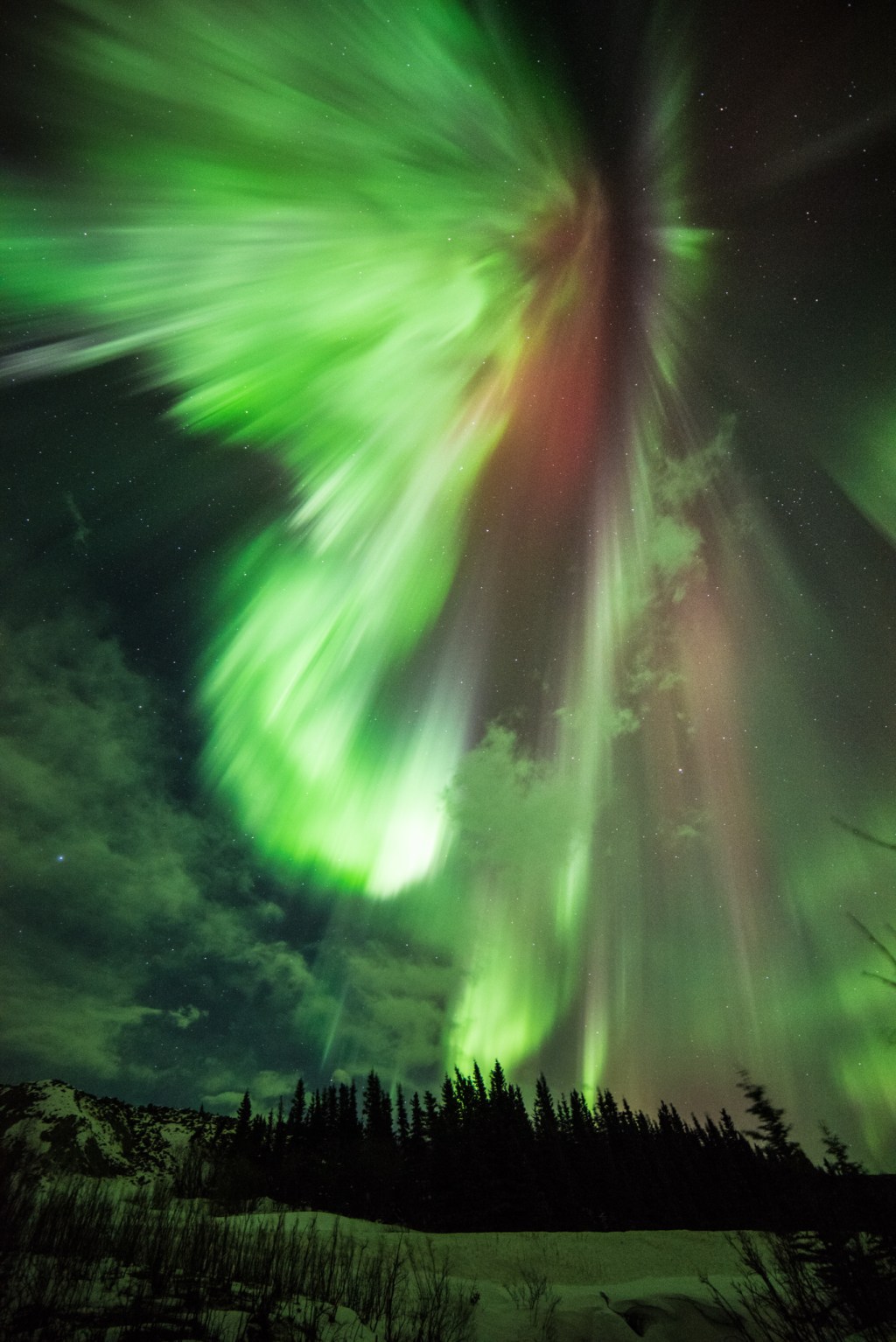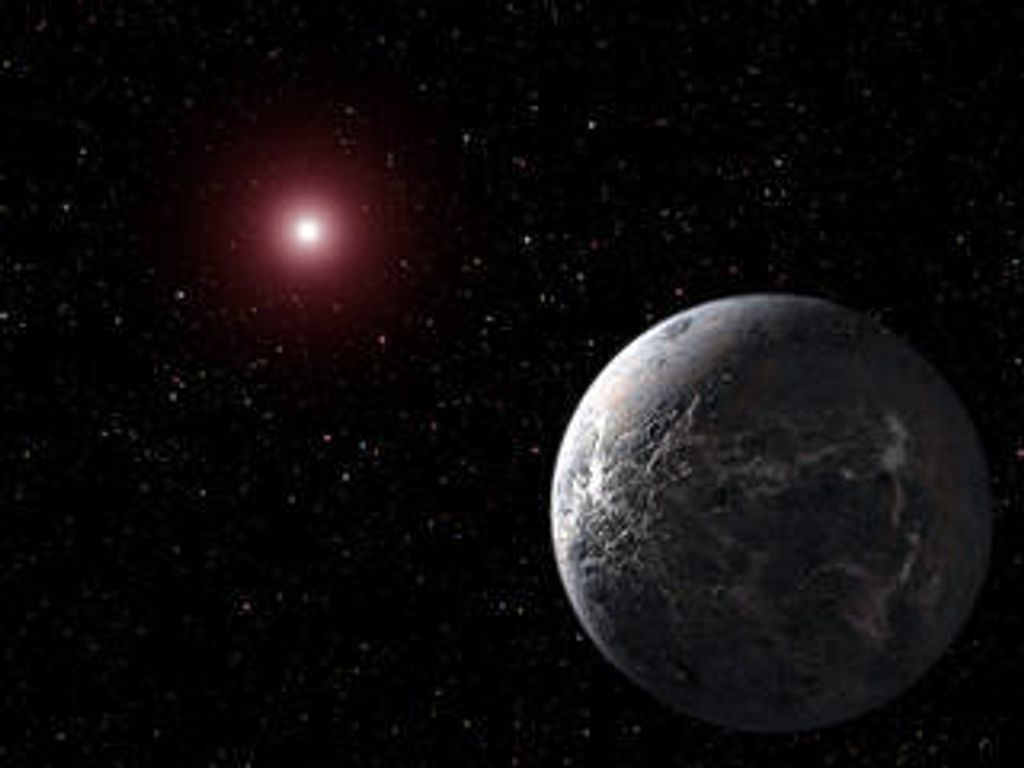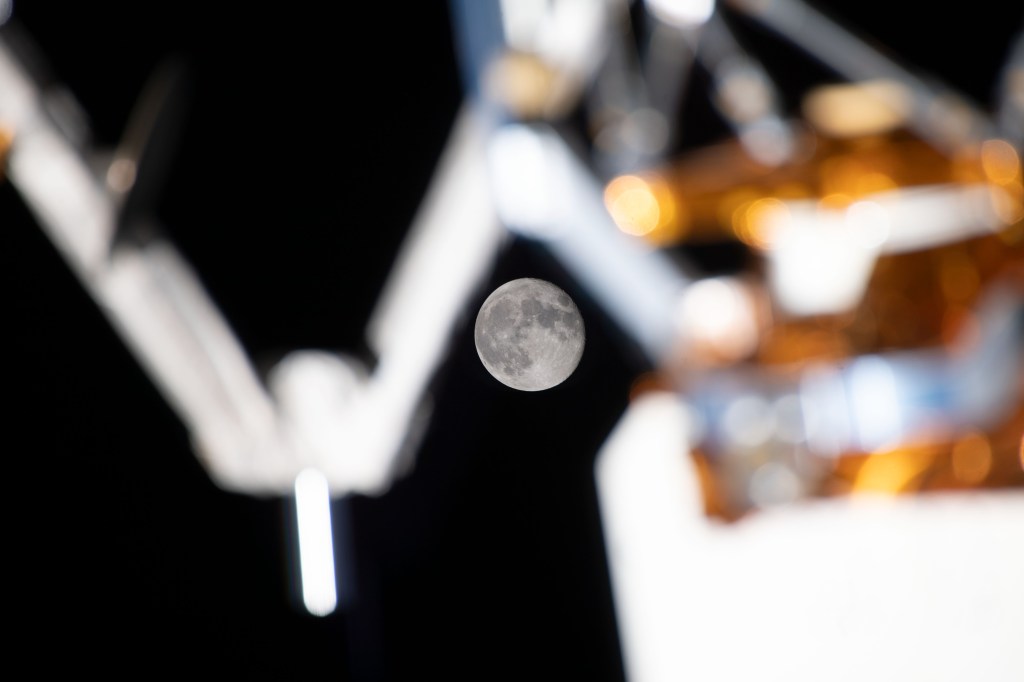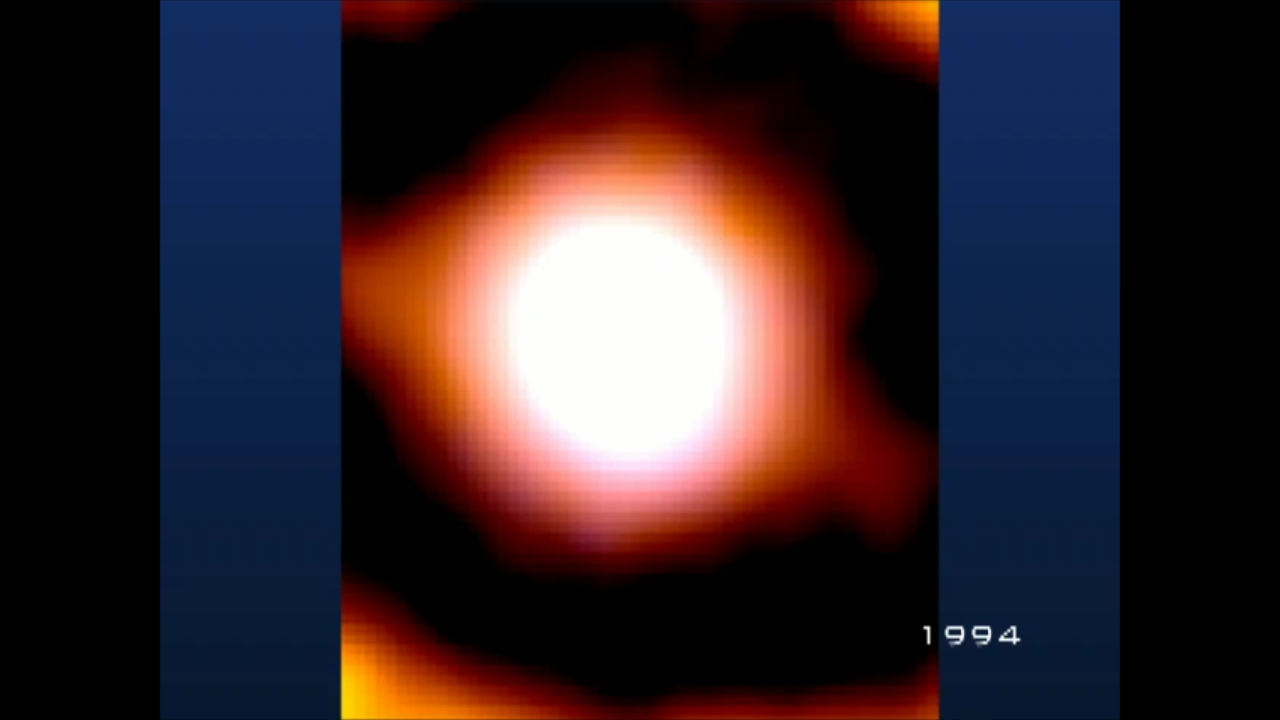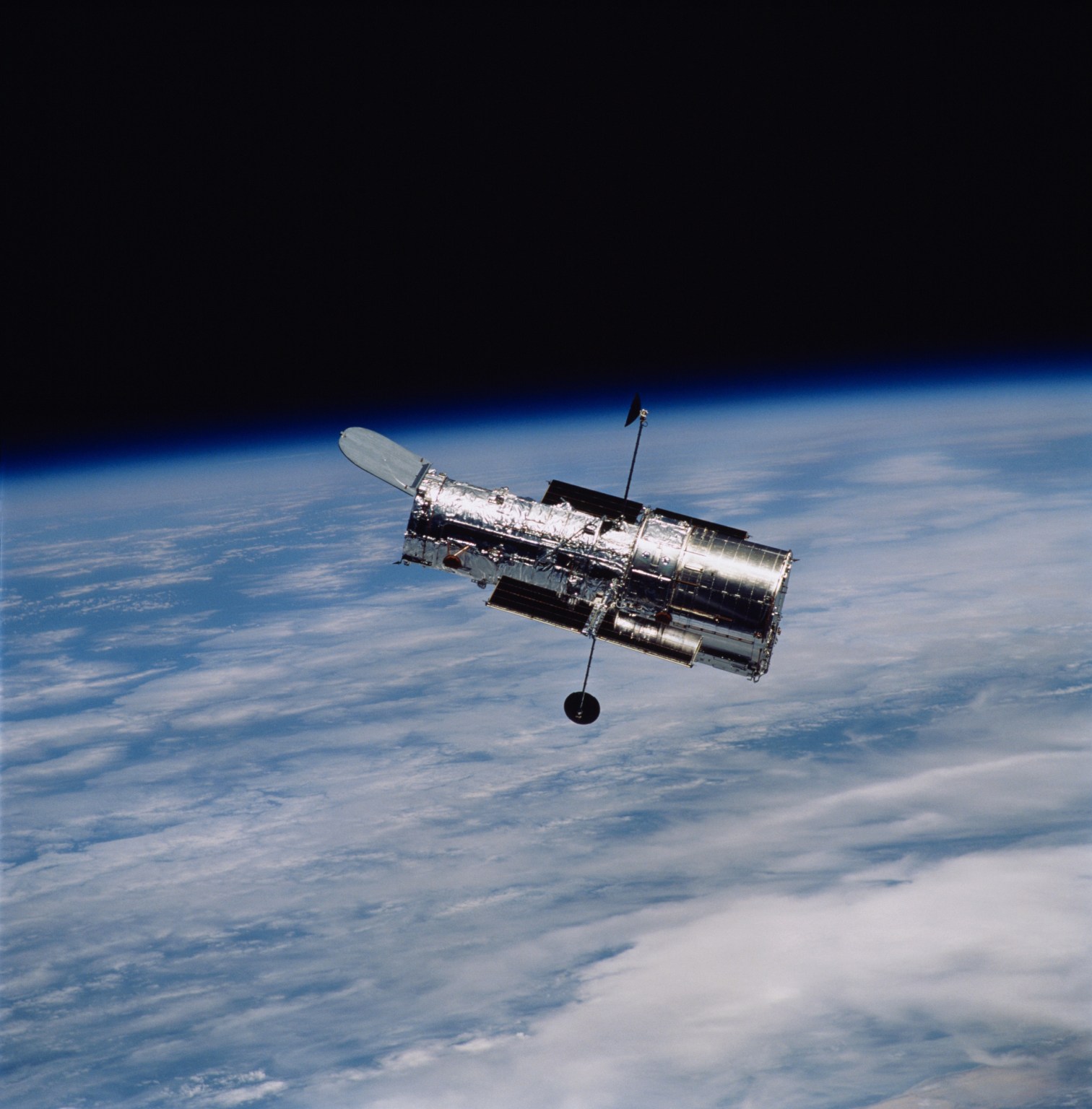1 min read
Hubble Images Chronicle the Inner Ring’s Light Show
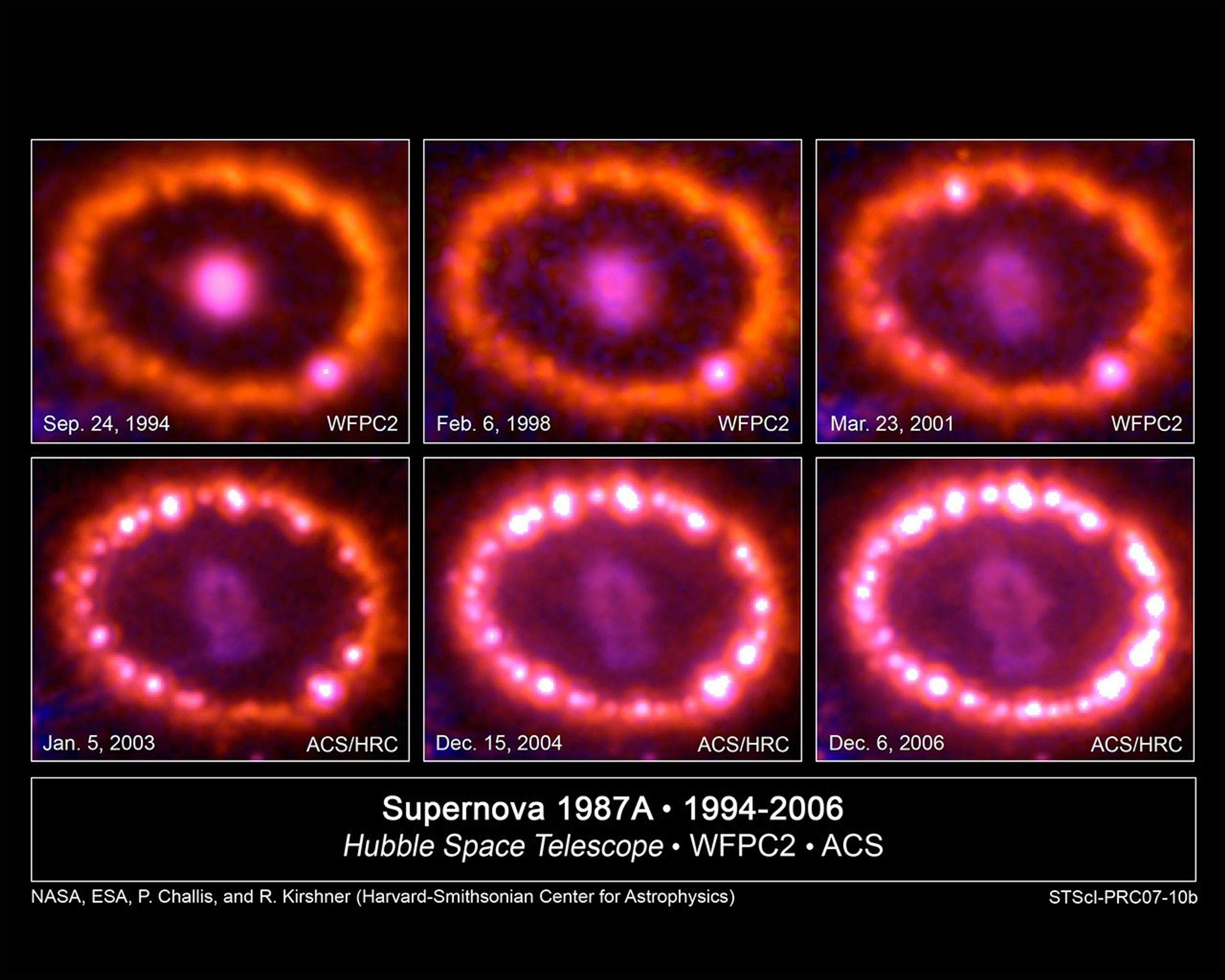
This photo album of images from NASA's Hubble Space Telescope shows a ring of gas beginning to glow around an exploded star.
The stellar blast, called Supernova 1987A, was first spotted 20 years ago. The explosion is one of the brightest supernova blasts in more than 400 years. Hubble began watching the blast's aftermath shortly after it was launched in 1990.
The growing number of bright spots on the ring was produced by an onslaught of material unleashed by the blast. The shock wave of material is slamming into the ring's innermost regions, heating them up, and causing them to glow. The ring, about a light-year across, was probably shed by the star about 20,000 years before the star exploded.
Astronomers detected the first bright spot in 1997, but now they see dozens of spots around the ring. Only Hubble can see the individual bright spots. In the next few years, the entire ring will be ablaze as it absorbs the full force of the crash. The glowing ring is expected to become bright enough to illuminate the star's surroundings, providing astronomers with new information on how the star expelled material before the explosion.
The bright spot that appears to be on the ring at lower right is actually a foreground star. Supernova 1987A is 163,000 light-years away in the Large Magellanic Cloud.
The images were taken between 1994 and 2006 with Hubble's Wide Field Planetary Camera 2 and Advanced Camera for Surveys.
About the Object
- R.A. PositionR.A. PositionRight ascension – analogous to longitude – is one component of an object's position.05h 35m 28.25s
- Dec. PositionDec. PositionDeclination – analogous to latitude – is one component of an object's position.-69° 16' 13.0"
- ConstellationConstellationOne of 88 recognized regions of the celestial sphere in which the object appears.Dorado
- DistanceDistanceThe physical distance from Earth to the astronomical object. Distances within our solar system are usually measured in Astronomical Units (AU). Distances between stars are usually measured in light-years. Interstellar distances can also be measured in parsecs.Approximately 160,000 light-years (49 kiloparsecs) away
- DimensionsDimensionsThe physical size of the object or the apparent angle it subtends on the sky.Each single image of the SN 1987A ring is roughly 9 arcseconds wide. At the distance of the LMC, this represents 9.5 light-years (2.9 parsecs).
About the Data
- Data DescriptionData DescriptionProposal: A description of the observations, their scientific justification, and the links to the data available in the science archive.
Science Team: The astronomers who planned the observations and analyzed the data. "PI" refers to the Principal Investigator.The primary image released comes from ACS/HRC data from the HST proposal 10867: R. Kirshner (Harvard-Smithsonian Center for Astrophysics). - InstrumentInstrumentThe science instrument used to produce the data.HST>ACS/HRC and HST>WFPC2
- Exposure DatesExposure DatesThe date(s) that the telescope made its observations and the total exposure time.September 24, 1994, February 6, 1998, and March 23, 2001 (WFPC2); January 5, 2003, December 15, 2004, and December 6, 2006 (ACS/HRC)
- FiltersFiltersThe camera filters that were used in the science observations.F435W (B), F555W (V), and F625W (R)
- Object NameObject NameA name or catalog number that astronomers use to identify an astronomical object.SN 1987A
- Object DescriptionObject DescriptionThe type of astronomical object.Supernova in the Large Magellanic Cloud (LMC)
- Release DateFebruary 22, 2007
- Science ReleaseNASA’s Hubble Telescope Celebrates SN 1987A’s 20th Anniversary
- Credit

These images are composites of many separate exposures made by the WFPC2 and ACS instruments on the Hubble Space Telescope using several different filters. Three filters were used to sample broad wavelength ranges. The color results from assigning different hues (colors) to each monochromatic image. In this case, the assigned colors are: Blue: F435W (B) Green: F555W (V) Red: F625W (R)
Related Images & Videos

A String of 'Cosmic Pearls' Surrounds an Exploding Star
Two decades ago, astronomers spotted one of the brightest exploding stars in more than 400 years. Since that first sighting, the doomed star, called Supernova 1987A, has continued to fascinate astronomers with its spectacular light show. NASA's Hubble Space Telescope is one of...
Share
Details
Claire Andreoli
NASA’s Goddard Space Flight Center
Greenbelt, Maryland
claire.andreoli@nasa.gov

